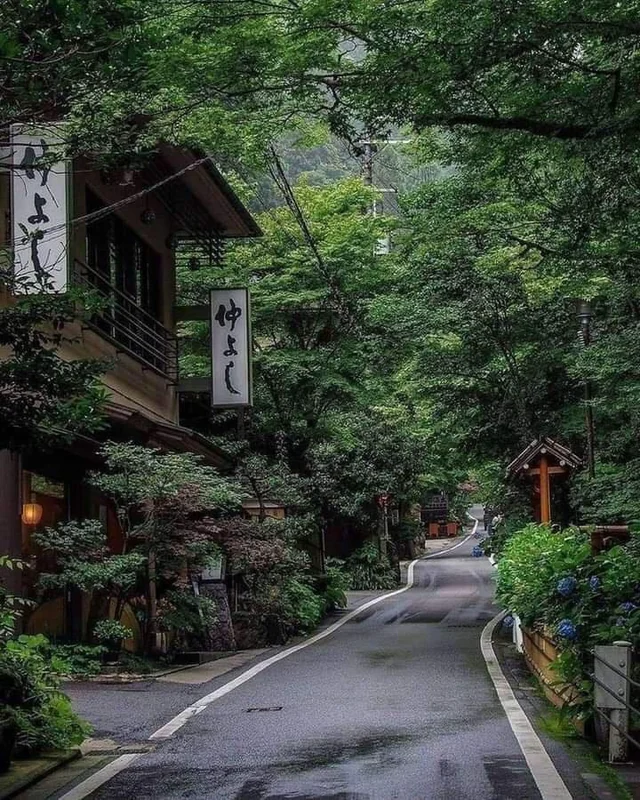⛩️ escaping to nature
It’s odd, the way we do “nature” in the west. It’s particularly odd in North America. We chase it like a small child lovingly chases a terrified pet around the house, wondering why it won’t just stay put for cuddles.
I can search Zillow for properties far from urban areas and closer to national parks, depopulated areas, and unspoiled wilderness. But what comes back aren’t places to live in nature, but rather, spheres of urbanity near nature. I flick through photos and see swaths of land cleared of trees and replaced with grass, poured concrete patios and driveways, and structures whose purpose seems to be to exist in spite of nature, not within it. The Google Map of these places looks like a petri dish that’s been treated with drops of an antibiotic. Where the homes are, nature retreats. When I picture a life there, I picture it not in nature, but in my car, on the way to Walmart.
I’d rather be in the city.
North America’s epic failures in urban design are a large part of the problem here. But there’s something else at play too, which is that I don’t think we really understand what nature is here.
Nature is not a place that can be escaped to. Nature is a system, and that system can be alive anywhere, even in urban areas, just as much as it can be dead in rural ones. But nature is most dead in the places that are built with the tools of modernity. When we rely on those too heavily, they extinguish nature altogether.

I stumbled into the above photo of a road through a mountain town in Japan many years ago, and I saved it to my desktop when I found it because I liked the way it made me feel. Coming back to it today, it’s clear that the reason the town in the photo is so compelling is that it was built not to be near nature, but to allow nature to flow through it.
Yes, there is asphalt, but the road is narrow enough that various particles of nature—-animals and seeds and spores and water, etc—-can cross it. Yes, there are structures, but they are not made of impermeable materials that alter watersheds and toxic compounds that disrupt local biology. Yes, there is infrastructure for cars and electricity, but it does not prioritize convenient parking and vehicle access and instead only gives them the bare minimum required to function.
I think there’s something to learn here.
We happen to have had the luxury in North America of having such a large amount of available space that there has never not been more open land available to those who are willing to drive to it. But the drives are getting longer and longer as each new generation of seekers pushes it farther away in their very attempts to get closer to it. Eventually, we will run out of space, and we will have to turn around and look at what’s behind us. If we continue as we have been, it will the end of nature. But if we instead take a lesson from a country like Japan that never had the luxury of space to begin with, perhaps we might realize before it’s too late that if we change some of our habits and let nature into the places we already are, we may not need to set off looking for it in the first place.